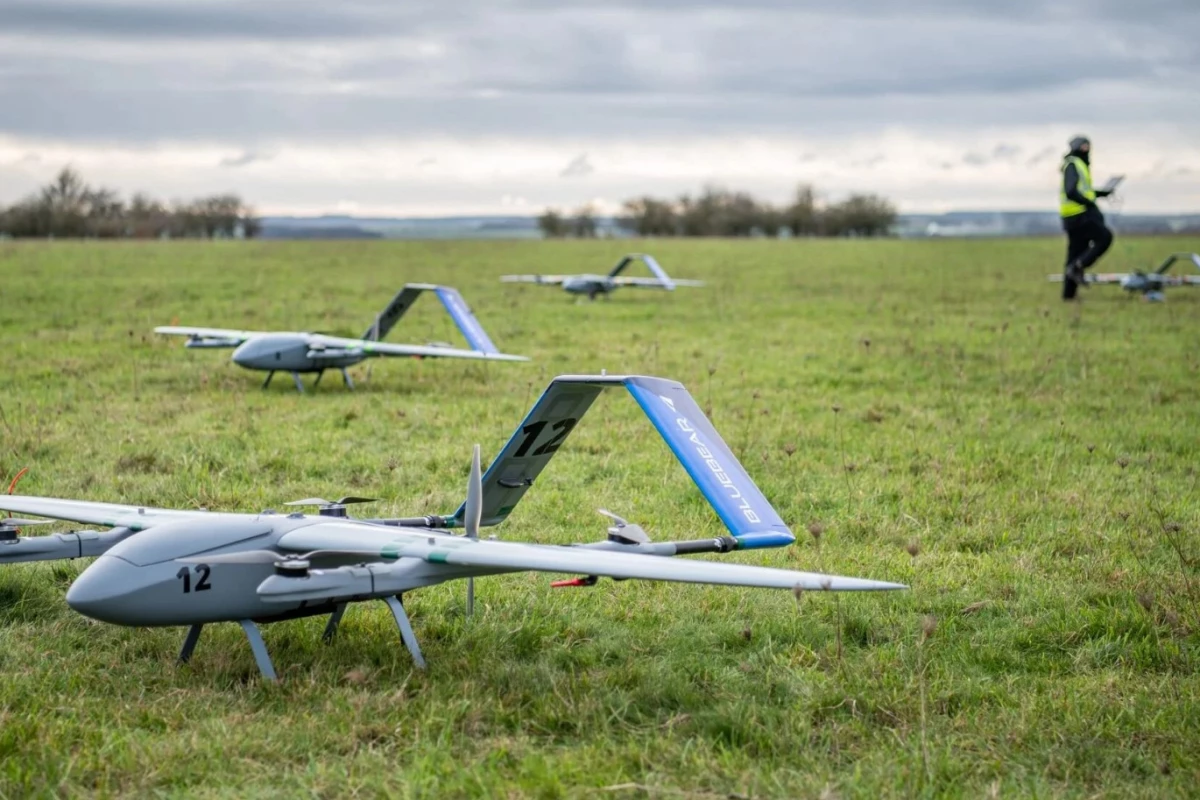In a world first, the United States, Britain, and Australia have carried out an exercise at Salisbury Plain, England under the AUKUS agreement to field test drones equipped with jointly developed autonomy and artificial intelligence systems capable of not only detecting and tracking military targets, but that are also able to retrain themselves in flight in the face of mission changes.
The Australia, UK, US (AUKUS) trilateral security treaty was first conceived in 2021 as a program outside the Five Eyes intelligence-sharing alliance that would allow the United States and Britain to help Australia acquire nuclear-powered attack submarines.
Since then, it's grown considerably in scope. In part, this is because nuclear submarines can't just be bought off the rack and the Australian government wants the boats built domestically – at least the later ones. This means developing a whole infrastructure of shipyards, docks, support facilities, refueling lines, tenders, and other installations. It also means closer ties between the US Navy, Royal Navy, and Royal Australian Navy, with exchanges of personnel and joint training as well as educating a civilian workforce and expert pool to support the project.
More than that, it represents the greatest technology transfer program since the Second World War. This not only includes things like reactor technology and related submarine systems, but also the intent on the part of the three powers to jointly develop advanced cybernetic mechanisms, artificial intelligence and autonomy technology, quantum technologies, undersea capabilities, hypersonic and counter-hypersonic weapons, electronic warfare systems, and innovation and information sharing.
The latest example of this is the recent exercise in April 2023 that involved over 70 military and civilian defense experts and industry contractors from the alliance as well as a variety of air and ground vehicles to test target identification. The goal is to develop common AI and autonomy systems that allow drones to act in a collaborative swarm autonomously in real time in a realistic environment. The idea is to rapidly field robust, trustworthy AI and autonomous systems in complex operations that are trustworthy and reliable and can retrain themselves in flight in response to evolving missions.
According to the UK Ministry of Defence, by working together, the three nations can not only speed up development without duplication of effort, but can also ensure that there is a common system that can operate with all three militaries.
The vehicles involved in the Salisbury exercise included a Blue Bear Ghost (UK) and Boeing/Insitu CT220 (AUS) uncrewed aerial vehicles (UAVs), a Challenger 2 tank, Warrior armored vehicle and Viking uncrewed ground vehicle (UGV), a commercially-hired FV433 Abbot self-propelled gun and a former Eastern Bloc BMP OT-90 infantry fighting vehicle.
"The AUKUS AI and Autonomy trial in Salisbury Plains demonstrated AI algorithms working in a mission-tailored adaptive capability," said Australian Deputy Secretary, Strategy, Policy and Industry, Hugh Jeffrey. "The AUKUS research and operator teams collaborated to develop, test and evaluate joint machine-learning models, and operate our different national platforms on the battlefield.
"I was impressed to see AI models rapidly updated at the tactical edge to incorporate new targets, which were immediately shared among the three partners to deliver decision advantage and meet changing mission requirements. This cooperation under AUKUS Pillar II will deliver a capability greater than any one country could achieve alone, and this really is the rationale for the AUKUS partnership at work."
The video below discusses the recent exercise.
Source: UK Ministry of Defence





